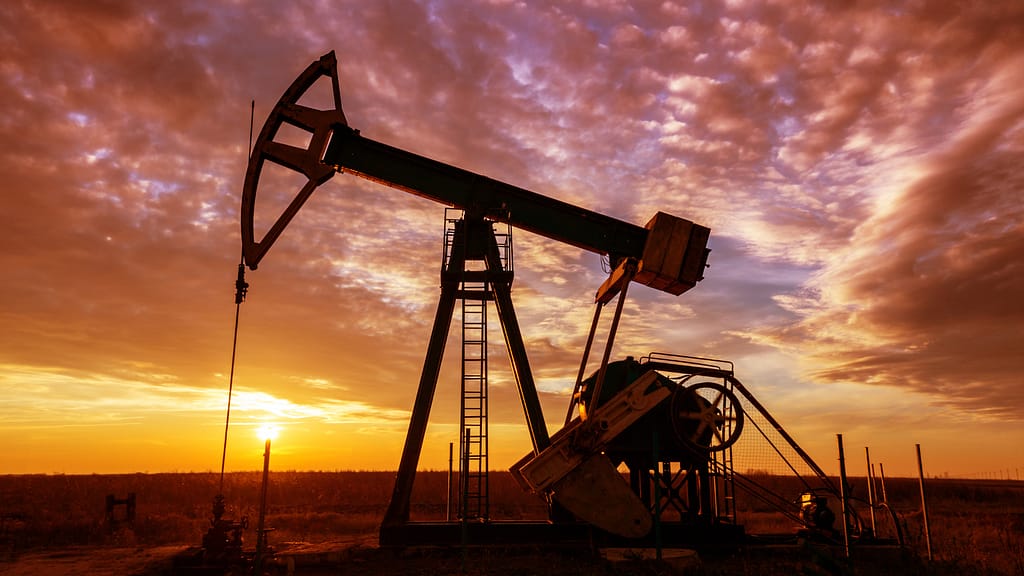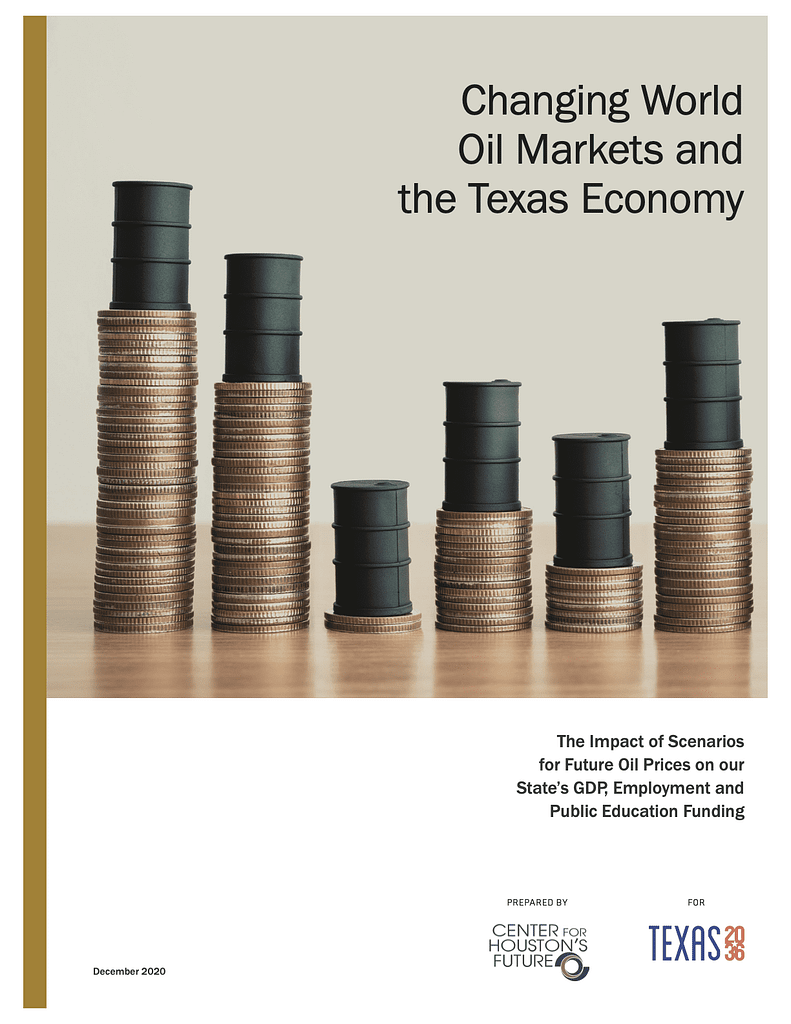Reliable infrastructure and responsible stewardship of natural resources form the backbone of the Texas economy.
Texas’ critical infrastructure includes the plants, pipelines and lines that provide water, data and electricity to our homes and businesses. The state’s population is projected to increase nearly 25% by 2036 to more than 38 million residents — a massive influx of people. Our state’s infrastructure capacity must adapt and expand in order to keep pace with this growth.
Texas industries and municipalities face the risk of water shortages. Texas’ unmet water needs during a severe drought are projected to exceed 4.7 million acre-feet by 2030, which is about 27% of Texas’ total water usage in 2020. Not having enough water during a severe drought could cost Texas $128 billion in lost economic activity. In addition, growing water shortages will limit the viability of Texas agriculture, as major groundwater resources in some areas of the state are being depleted faster than they can be replenished.
Digital connectivity, access to broadband and digital literacy are necessary to compete in the modern-day economy. Digital infrastructure is increasingly necessary to access health care, education, and economic opportunity. However, 7.4 million people — nearly one-quarter of the Texas population — do not have access to broadband.
A reliable, cost-effective electric infrastructure is also critical to power the economy and supply homes and businesses. Today, however, while Texas has low electricity rates, we also have the highest residential electricity bills due to usage ($132 per month on average) and the worst federally rated reliability metrics — including System Average Interruption Frequency Index and System Average Interruption Duration Index — relative to Texas’ peer states.
Texas’ open spaces and wildlife must also be preserved for future generations to enjoy. For the last 15 years, more than 80% of Texans have affirmed that “unless we protect Texas’ natural areas, we will lose the very things that make Texas a special place in which to live.” Yet Texas ranks 10th among Peer States on the preserved lands available to residents per capita. Outdoor recreation is also a vital economic engine. In 2020, activities related to parks and park visits produced about $32 billion in gross state product and supported 300,000 jobs across Texas.
At the same time, Texas’ energy production contributes billions to the Texas economy and supports millions of Texas jobs. Thanks to abundant energy resources, including proven oil and gas reserves and a vibrant energy workforce, Texas has cemented its role as the nation’s energy leader. Texas has the opportunity to build on this hard-won achievement to guide the nation in an energy expansion that generates more, and cleaner power to keep the economy running.
.

















